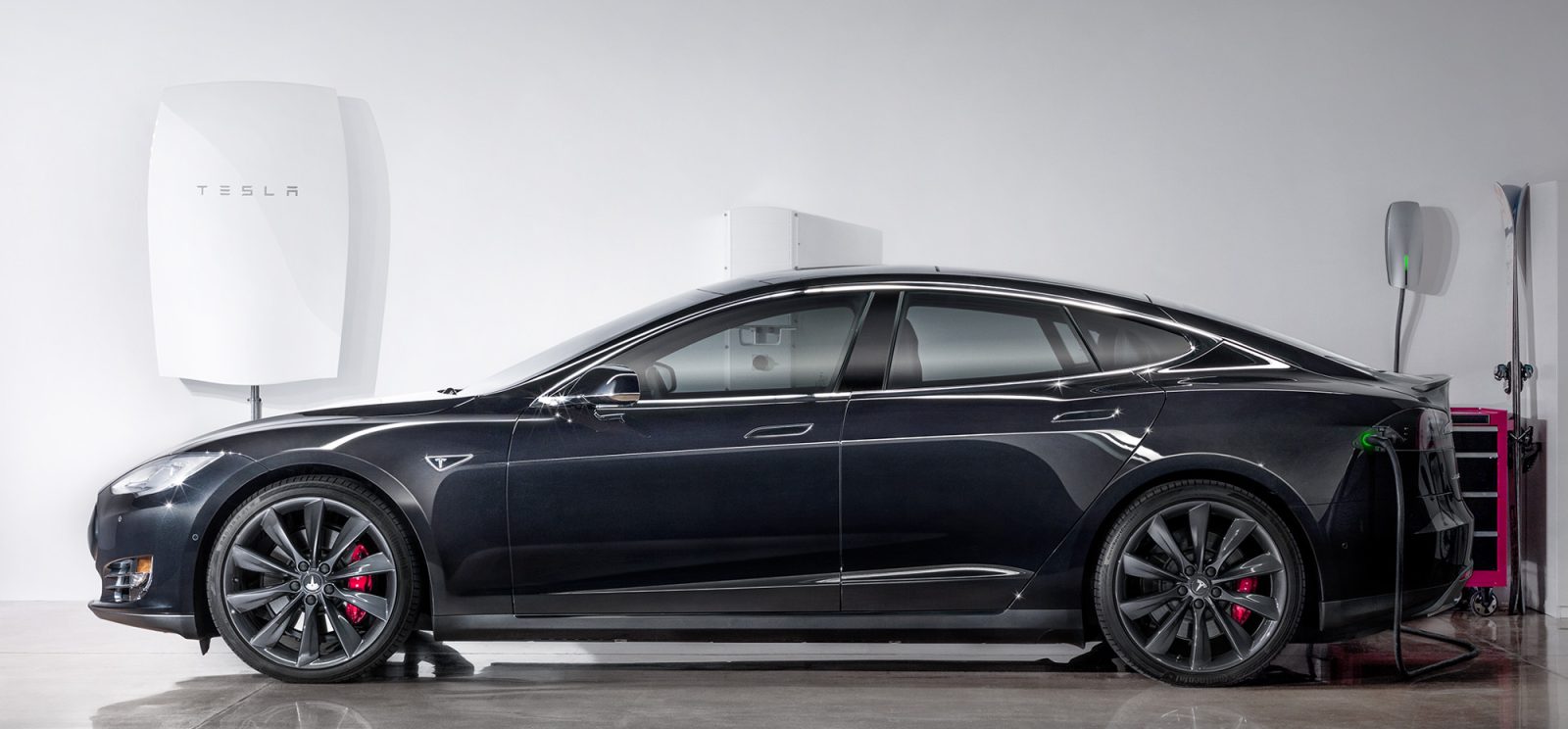
Elon Musk has been leaving breadcrumbs about Tesla’s intention to reinvent the entire energy sector from generation of renewable energy with SolarCity to energy storage and consumption with Tesla. It looks like the company’s vision will be unveiled on or around October 28 when Tesla will make its next product announcement:
Aiming for Oct 28 unveil in SF Bay Area of new Tesla/SolarCity solar roof with integrated Powerwall 2.0 battery and Tesla charger.
— Elon Musk (@elonmusk) September 22, 2016
Musk has one of the best Twitter accounts right now. Even Twitter’s own founder says it. He uses it to answer questions from his fans, correct media perception on his businesses and even to make occasional product announcements. But this Tweet in particular, it might be his most important yet.
The ‘solar roof’ product is what has been grabbing most people’s attention, but to us, that’s not what is most interesting about his tweet. He is talking about the integration of the solar roof product with both Tesla’s next-generation home energy storage AND a ‘Tesla charger’.
He is talking about electricity generation to energy storage to energy consumption in a single package. That’s something that offers an interesting opportunity for efficiency improvements and new features.
Most new Tesla buyers also buy the ~$500 Tesla Wall Connector to install in their home. They will now have the option to either buy this standalone product or have it integrated with a Powerwall 2.0.
Both products have their own applications. One charges your car with electricity and the other stores the electricity for later use, but combining both into one product can potentially enable two more applications.
Right now, the Tesla Wall Connector takes the AC electricity in your home and sends it to the on-board charger in your car which converts it to DC for your battery pack. There are two problems with that. It limits the charge rate to your vehicle’s on-board charger (~20 kW) and there’s also current conversion losses.
Having the charger combined with a home battery pack could enable direct current from the home battery pack to the Tesla Model S/X battery pack. It would save on the energy loss, which has been estimated at anywhere between 10 to 20 percent.
Alone, it wouldn’t really help the charge rate. The current generation of Tesla Powerwall has a peak power output of 7 kW, but that’s likely going to go up with the second generation, which is expected to use Tesla’s new 2170 battery cells. But if you combine the ability to put up multiple Powerwalls and add the SolarCity ‘solar roof’ system, the potential becomes a lot more interesting.

The solar power system could feed direct current to the Tesla vehicle battery pack through the integrated Tesla charger in combination with current from the home battery pack. It would represent a significant charge rate increase, depending on the size and output of the solar installation, and for minimal losses.
Tesla has also been talking about integrating an inverter inside the Powerwall 2.0, which would likely be the same one used for the integrated ‘Tesla charger’ and it could also potentially contribute to the overall charge rate just like the current version of the Tesla Wall Connector.
There’s potential here for Tesla to almost double the speed of charging at home. Right now a Tesla Wall Connector can at best add ~50 miles of range in 1 hour of charging.
You combine this technology with a good energy management system, something both Tesla and SolarCity have been working on, and your Tesla vehicle basically becomes an extension of your Powerwall.
When your solar roof is at peak power output in the middle of the day, it fills up the Powerwall and if your car is connected to it through the integrated charger, it detects if the battery is full and if not, it starts charging it directly from the solar installation once the Powerwall is full.
As a Tesla Energy hinted at earlier this week, it also offers the opportunity for a vehicle-to-grid technology. Again, your vehicle’s battery pack would act as an extension of your home battery pack once connected and it could send electricity back to it in cases of extended power outages or bad days for solar energy generation.
All of these products and applications are individually available today or have been announced by solar or energy storage companies, but the integration of all of them into a single package, combined with seamless integration with an electric vehicle, would be a real game changer.
FTC: We use income earning auto affiliate links. More.






Comments